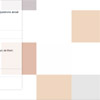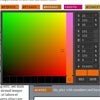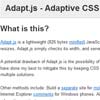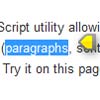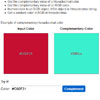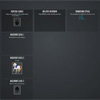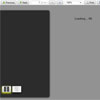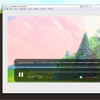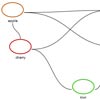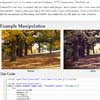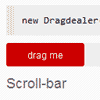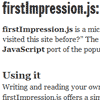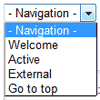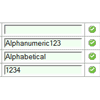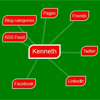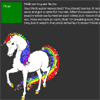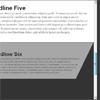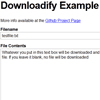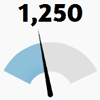aload.js
Loads images, background images, scripts, styles, iframes, videos and audios asynchronously (just 241 bytes).
API
aload([nodeList])
Loads images, background images, scripts, styles, iframes, videos and audios asynchronously.
nodeList{NodeList} [optional] - A NodeList of elements. By default, it is the result ofquerySelectorAll('[data-aload]').
aload();Installation
$ npm install aload $ bower install aload Note: I recommend to use aload inline in your HTML.
As standalone just include aload function (just 241 bytes) inline into your HTML file:
<script> function aload(t){"use strict";var e="data-aload";return t=t||window.document.querySelectorAll("["+e+"]"),void 0===t.length&&(t=[t]),[].forEach.call(t,function(t){t["LINK"!==t.tagName?"src":"href"]=t.getAttribute(e),t.removeAttribute(e)}),t} </script>Usage
- You should use
data-aloadattributes instead ofsrcorhrefin your HTML tags (an image for example):
<img data-aload="http://foobar.com/foo.png" width="400" height="300">data-aload- URL of the source.
- Now, you can start to load your images asynchronously!
// Onload window.onload = function () { aload(); };You can load everything asynchronously.
- images
- background images
- scripts
- styles
- iframes
- videos
- audios
IMG
<img data-aload="http://foobar.com/foo.png" width="400" height="300">Backgrounds
- You must add the following CSS snippet.
[data-aload] { background-image: none !important; }- Your own CSS.
.foo { background: url('http://foobar.com/foobar.png'); }- In your HTML.
<div data-aload class="foo"></div>SCRIPT
<script data-aload="http://foobar.com/foo.js"></script>LINK (styles)
<link data-aload="http://foobar.com/foo.css" rel="stylesheet">IFRAME
<iframe data-aload="http://foobar.com" src="javascript:false"></iframe>VIDEO
<video data-aload="http://foobar.com/bar.mp4" controls></video>AUDIO
<audio data-aload="http://foobar.com/foo.mp3" controls></audio>Progressive Enhancement
If you are a front-end developer you must know about Progressive enhancement. Progressive enhancement focuses on the content and it must be showed without JavaScript.
For example, to show images when JavaScript is not enabled you should include the images inside <noscript> tag.
<img data-aload="http://foobar.com/foo.png" src="data:image/gif;base64,R0lGODlhAQABAIAAAMLCwgAAACH5BAAAAAAALAAAAAABAAEAAAICRAEAOw==" width="400" height="300"> <noscript> <img src="http://foobar.com/foo.png" width="400" height="300"> </noscript>Development
-
Install
gulp:$ npm install gulp -g -
Open your terminal and clone
aloadby running:$ git clone [email protected]:pazguille/aload.git -
Go to aload's folder:
$ cd aload -
Move to develop branch:
$ git checkout develop -
Install its dependencies:
$ npm install -
Code, code code!
-
Send pull requests.
NPM tasks
npm run dist: Creates a distribution version ofaload. You should find two files:./dist/aload.jsand./dist/aload.min.js.npm test: Runs mocha tests.
With ❤️ by
- Guille Paz (Front-end developer | Web standards lover)
- E-mail: [email protected]
- Twitter: @pazguille
- Web: https://pazguille.me
License
MIT license. Copyright © 2016.








